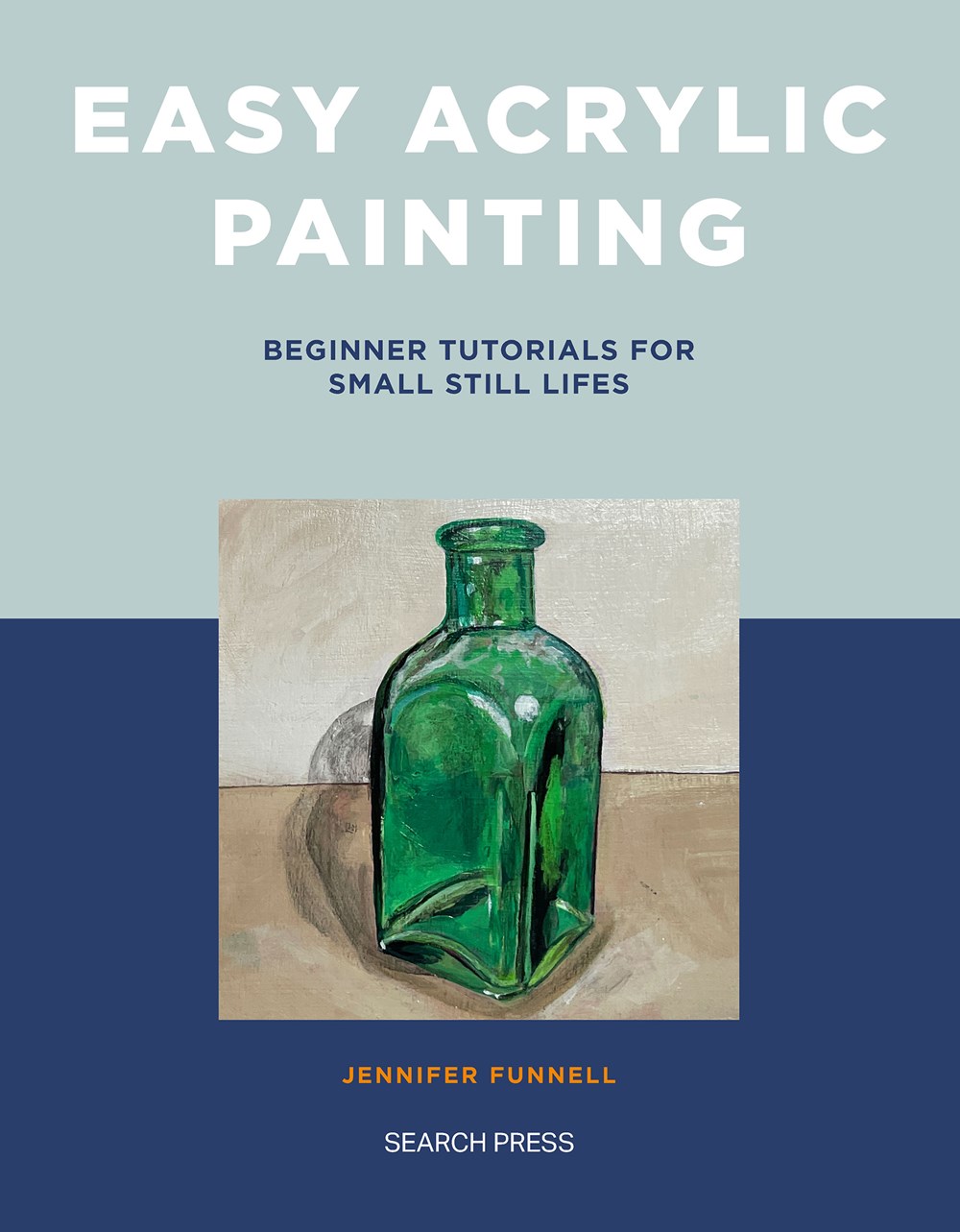2018 School Spending Survey Report
Easy Acrylic Painting: Beginner Tutorials for Small Still Lifes
COPY ISBN
VERDICT For readers ready to take on acrylic painting (a technique suitable for beginners, since it allows for easy corrections), this is a sound and highly informative guide.
RELATED
ALREADY A SUBSCRIBER? LOG IN
We are currently offering this content for free. Sign up now to activate your personal profile, where you can save articles for future viewing




Comment Policy:
Comment should not be empty !!!